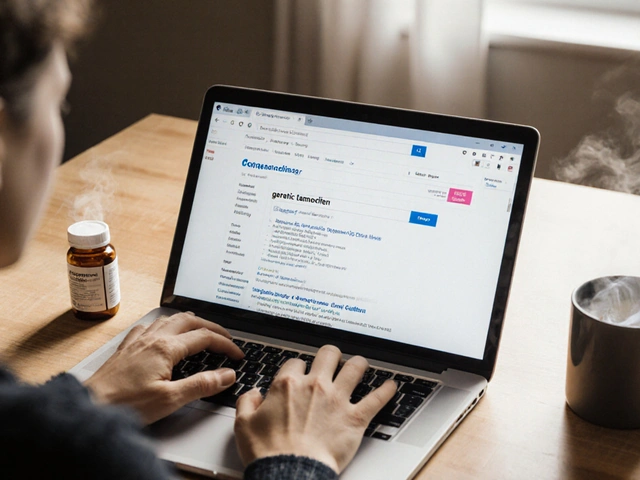Fiber: Easy Steps to Get More for Better Digestion and Energy
Most people eat less than 15g of fiber a day — about half of what's recommended. If you want steadier energy, fewer digestion problems, and better blood sugar and cholesterol control, adding fiber is one of the simplest moves you can make.
What fiber does and the two types to know
Fiber is the part of plant foods your body can’t fully digest. Soluble fiber (oats, beans, apples) dissolves in water and forms a gel that slows digestion — that helps lower cholesterol and steady blood sugar. Insoluble fiber (whole wheat, brown rice, vegetables) adds bulk and speeds things up, which helps prevent constipation. Both types matter; aim for a mix each day.
Recommended targets: about 25 grams per day for women and 38 grams for men. If you’re older or have lower calorie needs, the target is a little lower. Don’t try to jump from 10g to 40g overnight — increase slowly to avoid bloating.
Practical swaps and quick wins
Small swaps give big gains. Swap white bread for whole-grain, replace sugary cereal with oatmeal, and choose brown rice or quinoa instead of white rice. Add a tablespoon of chia or ground flaxseed to yogurt or smoothies — that’s an easy 3–5 grams.
Legumes are a fiber powerhouse. A half-cup of cooked lentils or black beans adds 6–8 grams. Toss beans into salads, soups, or tacos. Fruits like pears, apples (with skin), and berries give fiber plus vitamins. Vegetables count too — roasted carrots, broccoli, and Brussels sprouts add several grams per serving.
Breakfast matters. Overnight oats, high-fiber cereal (check the label for 5+ grams per serving), or whole-grain toast with nut butter kickstart your day and help you reach targets without thinking about it all day.
Drink water. Fiber works best with enough fluid. If you increase fiber and don’t drink more, you may feel blocked up instead of relieved.
Supplements: psyllium, methylcellulose, and inulin are common. Psyllium helps both constipation and cholesterol; inulin can boost gut bacteria. Use supplements only if you can’t meet needs from food. Take them with a full glass of water and space them away from certain medications (ask your pharmacist or doctor about timing).
When to be careful: if you have IBS, IBD, or a recent gastrointestinal surgery, certain fibers can trigger symptoms. Start slow and test one change at a time. If you’re on medication that needs steady absorption, ask your prescriber how fiber might affect it.
Try one swap today: add a half-cup of beans to a meal, switch to oatmeal at breakfast, or top yogurt with a tablespoon of chia. Track how you feel over a week — most people notice smoother digestion and steadier energy within days to weeks.



